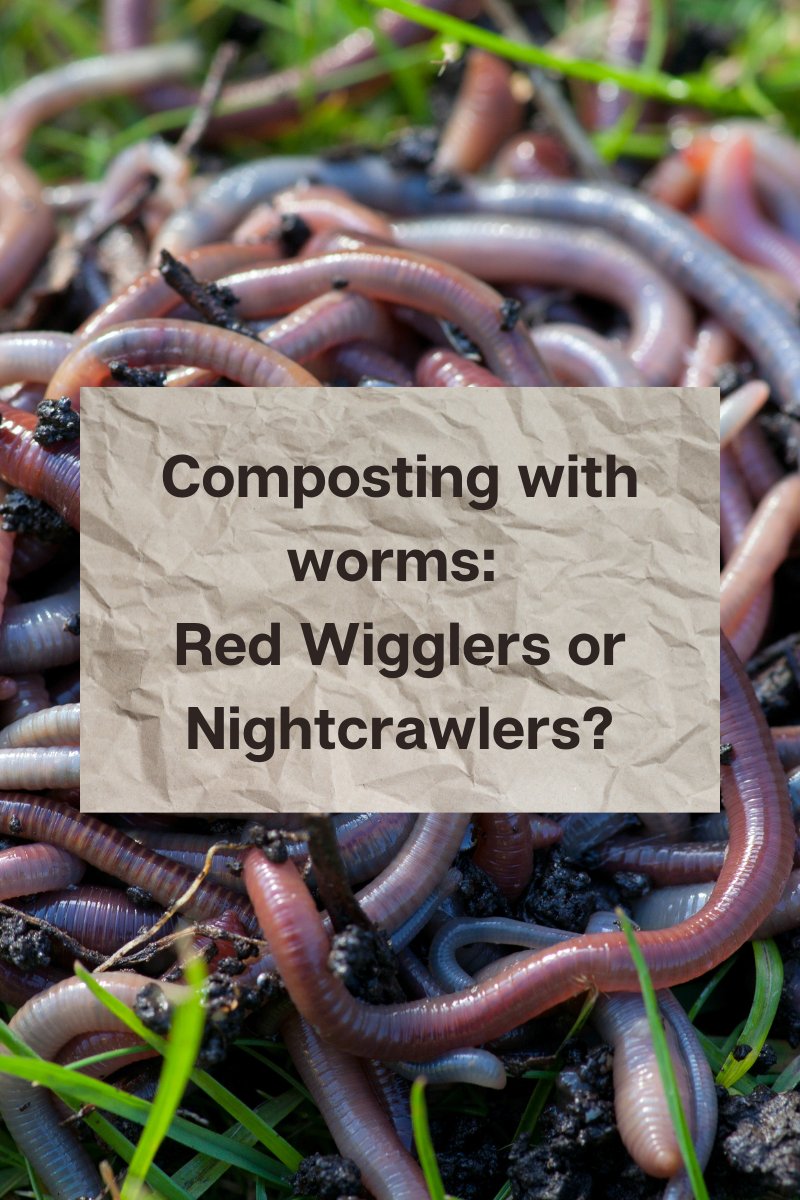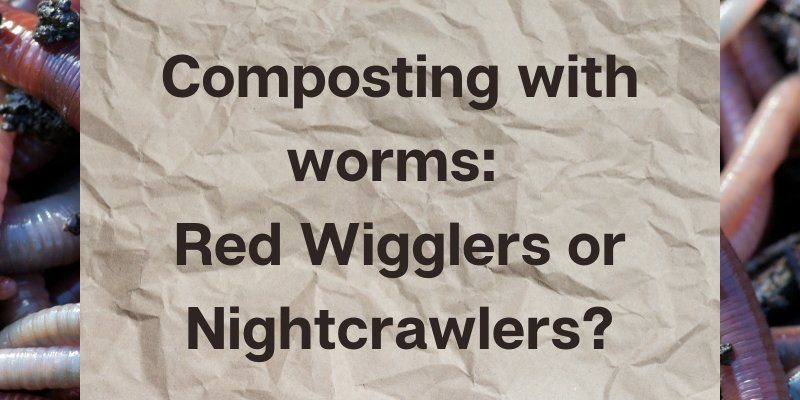
Now, think of these worms like different flavors of ice cream. Sure, they’re both delicious in their own right, but they offer different experiences! Understanding how to identify them can help you decide which one might be best for your composting or gardening needs. So, what are the key differences between these two worm types, and how can you tell them apart? Let’s dive in!
What Are Red Wigglers?
Red wigglers, scientifically known as *Eisenia fetida*, are the rock stars of composting. These little guys are typically a reddish-brown color, and they’re smaller than nightcrawlers, usually reaching about 3 to 4 inches in length. What makes them special is their incredible ability to decompose organic matter quickly.
You might be wondering why they’re so good at this. Red wigglers thrive on decaying plant material, such as fruit scraps or coffee grounds. They munch through waste, turning it into nutrient-rich compost that your garden will love. Plus, they have a high reproduction rate, meaning they multiply quickly, which is perfect if you’re looking to start a compost.
Characteristics of Red Wigglers
When trying to identify red wigglers, keep an eye on their unique features:
- Body Color: As mentioned, they are reddish-brown, giving them a distinct look.
- Size: Typically 3-4 inches long, they’re much smaller compared to nightcrawlers.
- Habitat: They prefer to live in the top layers of soil or in compost, where they can find food easily.
- Movement: They wiggle quickly and can often be seen near the surface of compost piles.
These traits make red wigglers invaluable for composting and gardening. The more you recognize them, the better equipped you’ll be to boost your garden’s health!
What Are Nightcrawlers?
Now, let’s talk about nightcrawlers, also known as *Lumbricus terrestris*. Unlike the red wigglers, nightcrawlers are larger, growing up to 8 to 10 inches in length! They have a more significant role in nature, helping to aerate the soil by tunneling through it. This aeration allows water and nutrients to reach plant roots more effectively.
If red wigglers are like sprinters running in a compost race, nightcrawlers are the long-distance runners, doing their job slowly and steadily. You might notice them more during the evening or after rainfall when they come to the surface, stretching their long, cylindrical bodies across the ground.
Characteristics of Nightcrawlers
To help you identify nightcrawlers, here are some key features:
- Body Color: Their bodies are usually a lighter shade of brown or pink and often appear ‘shiny’ due to moisture.
- Size: They can be quite hefty, reaching lengths of 8-10 inches, making them harder to miss!
- Habitat: Nightcrawlers prefer to burrow deep into the soil, staying mostly underground.
- Movement: Unlike the rapid wiggling of red wigglers, nightcrawlers move in a more slow and deliberate manner.
By recognizing these characteristics, you can easily spot nightcrawlers in your garden or yard!
Visual Differences Between Red Wigglers and Nightcrawlers
Sometimes, the best way to understand differences is by seeing them side by side. Here’s a quick visual comparison:
| Feature | Red Wigglers | Nightcrawlers |
|---|---|---|
| Size | 3-4 inches | 8-10 inches |
| Color | Reddish-brown | Light brown or pink |
| Habitat | Top layers of soil or compost | Deep in the soil |
| Movement | Fast wiggling | Slow, steady movement |
This table encapsulates the key differences, helping you spot which worm you’ve encountered. It’s like a cheat sheet for worm-watching!
Why Does It Matter?
You may be thinking, “Why does it matter if I know the difference?” Understanding whether you’re dealing with red wigglers or nightcrawlers can significantly impact your gardening or composting efforts.
For composting, red wigglers are your best friend. They break down organic material quickly, turning scraps into usable compost within a few months. On the other hand, if you’re looking to improve soil health over time, nightcrawlers excel at aeration and can enhance soil structure as they burrow deep.
Consider this: If your goal is to create a thriving compost pile, focus on attracting red wigglers. But if you want to enrich your garden soil naturally, invite nightcrawlers into your garden.
How to Attract Red Wigglers and Nightcrawlers
Now that you know how to identify these worms, you might want to attract them to your garden or compost. Here are some tips for each:
Attracting Red Wigglers
– **Create a Compost Bin:** Use kitchen scraps, cardboard, and paper waste to create a cozy home for them.
– **Keep it Moist:** Red wigglers thrive in damp environments, so keep your compost bin moist but not soaking wet.
– **Add Food:** They love fruit peels, vegetable scraps, and coffee grounds. Just avoid meat and dairy!
Attracting Nightcrawlers
– **Improve Soil Quality:** Nightcrawlers prefer rich, moist soil, so adding organic matter will attract them.
– **Leave the Soil Undisturbed:** They’re less likely to visit disturbed gardens, so try not to till your soil too often.
– **Water Wisely:** Keep the soil moist, especially after rain, to encourage them to come to the surface.
Both worms play vital roles in the ecosystem, and attracting them will greatly benefit your planting efforts!
Final Thoughts
Identifying red wigglers versus nightcrawlers may seem tricky, but once you get the hang of it, you’ll appreciate the unique benefits each brings to your garden or compost. Remember, red wigglers are your go-to for composting, while nightcrawlers are fantastic for enriching the soil.
So, the next time you spot these worms wriggling around, you can confidently say which is which! Whether you’re creating nutrient-rich compost or aerating the soil, knowing how to identify these worms is a win-win for your gardening goals. Happy worm hunting!

